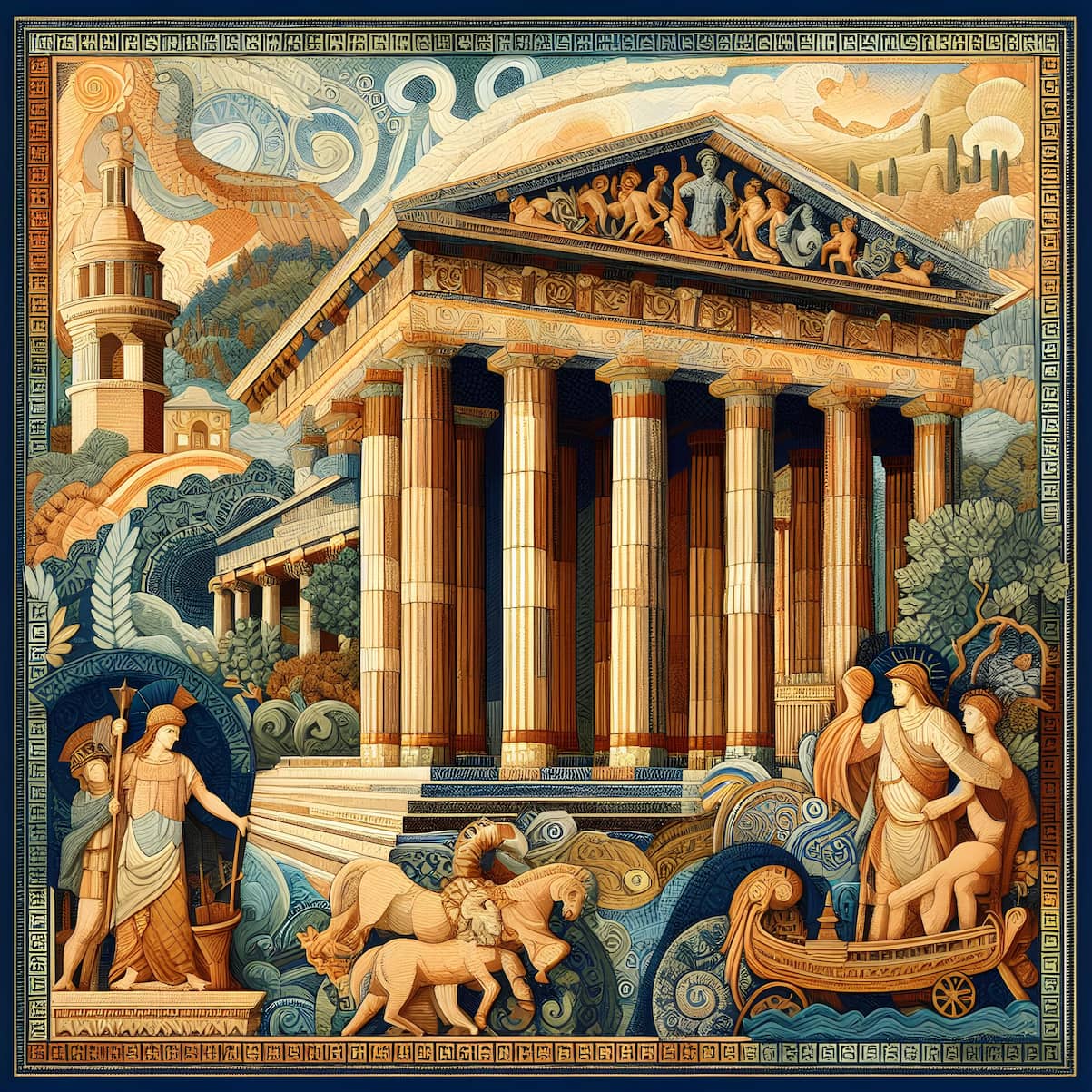10 Ancient Greek Temples You Should Know
You may be familiar with the iconic temple of the Parthenon, but you should also know about the other important temples of Ancient Greece.

You may be familiar with the iconic temple of the Parthenon, but you should also know about the other important temples of Ancient Greece.

